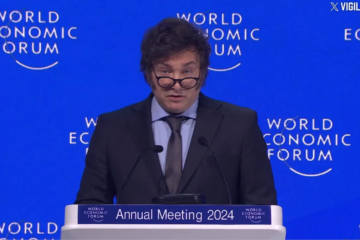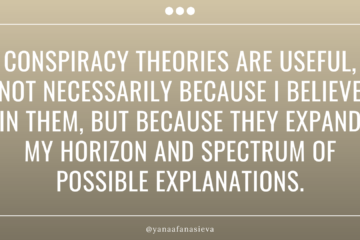Selling in Modern Art and Modern FinTech

I was at #ArtBasel Hong Kong exhibition in March 2019. If you don’t know about Art Basel – it’s one of the most prestigious art fairs, mainly focused on contemporary art. One of my main curiosity points this time around was my interest in startups and small businesses – I wanted to talk to the galleries from Asia or those selling to Asian markets and find out, how do they pick artists, why they invest in them, how do they search for clients and eventually - how they grow their businesses.
Obviously, I could not ask commercial questions directly, but surprisingly enough – gallerists at the fair are quite open and quite chatty, so I really learned a lot.
Now, I’d like to summarize some key lessons that I feel would be interesting for anyone working for a startup or supporting startups.
Core issues and problems galleries have to overcome in order to sell:
- Economic uncertainty (tariffs, slowing down of Chinese economy…) undermines consumer optimism
- Many emerging buyers are ready to buy their first art at the price range $ 3,000-5,000-8,000, but they don’t know what they want and who they can trust.
- Huge gap between known and established “celebrity” artists who work with famous galleries and expect to earn a lot of $$$$ versus thousands of emerging artists who are super affordable, but not able to demonstrate much of track record, consistency of their performance over time, discipline (e.g. ability to produce good work over time), or commercial acumen.
- Asia is very relational – people are not likely to buy from people they don’t know or trust.
- There are not that many public museums with big budget in Asia – most buyers are private collectors.
Overall, my conversations with galleries indicated that their sales at Art Basel were not as expected, and there was a sense of disappointment about #ArtBaselHK2019. A few publications later confirmed my observations with facts and numbers.
However: here are some strategies that seemed to work successfully and could be easily re-applied in the #FinTech space:
- A gallery sells more, when it continuously acts as an educator and micro-influencer, building their own community and organizing live events
- When an artist maintains a public social profile, not necessarily scandalous or controversial, but rather consistent and authentic, his/her chances of being noticed are higher. “People don’t buy a work of an artist who does not have an Instagram account”
- Less is more: in order to be successful, galleries must chose a narrow niche and decide who they are serving and who they are connecting. For example, I met with a gallery that only sells work of female artists and focuses on female buyers; I also met with a gallery that only represents artists who escaped a harsh political regime in their home country; and I also met with a gallery that only displayed works of local artists who paint or display their city or their region.
- Stories sell: buyers don’t just buy an art piece – they must like the story behind it. Why was it created? What does it mean? Why these colors are materials are important? What’s the message?
This is how I would apply it to FinTech startups:
- Mobile and Payments markets in many countries are over-saturated with pricing racing to the bottom. In order to get traction with customers, you need a community and micro-influencers in each country you want to serve.
- Social media presence is important – it make the impression of continuity and transparency and builds trust.
- Less in more: don’t offer 20 services, offer 1-2-3, but do them well.
- What’s the story behind the startup – what’s the gap you are trying to address? How do you help people?

 DO NOT RELY ON THE STATE TO PROVIDE PROSPERITY OR STABILITY. WHEN SOMEONE BLAMES MARKET INEFFICIENCY AND ASKS FOR MORE REGULATION,
DO NOT RELY ON THE STATE TO PROVIDE PROSPERITY OR STABILITY. WHEN SOMEONE BLAMES MARKET INEFFICIENCY AND ASKS FOR MORE REGULATION,